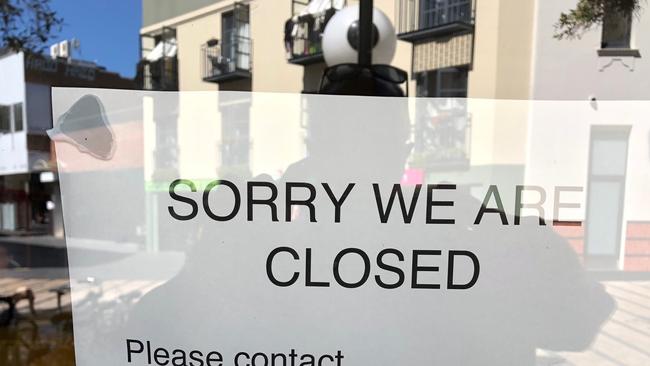
Real unemployment - ABS unemployment statistics are useless - is going through the roof and is close to 20 per cent, triggered by a catastrophic slump in the small and medium sized business sector led by hospitality, retail and tertiary education services.
Liquidations, receiverships and official administrations have risen strongly, but at nowhere near the rate that could have been expected following such a big fall in economic activity.
Liquidators who operate in this area are warning anyone who will listen that there are a vast number of enterprises that are really insolvent but are still trading.
Normally the provisions of the Companies Act that make directors of a company personally liable if they trade while insolvent causes companies to face the crisis very quickly.
But as part of the COVID-19 measures, the government passed legislation that gives directors six months of temporary relief from personal liability for trading while insolvent.
The legislation states that the relief only covers the debts incurred in the ordinary course of a company’s business. But that definition is broad, so many businesses are continuing to trade even though they have a little chance of coming out solvent in six months’ time.
‘There are a vast number of enterprises that are really insolvent but are still trading.’
The government’s plan, back at the end of March, was that enterprises would be put in virtual hibernation while COVID-19 was controlled and then would snap back to life when the restrictions were eased.
Accordingly, JobKeeper and many other measures finish at the end of September.
Although it is possible some measures might be extended further in a reduced form, in October enterprises must start resume paying their employees. Around the same time, directors are returned to being personally liable for debts incurred when there is a reasonable belief that the company is insolvent.
Some enterprises will have been able to use the moratorium to survive and will snap back. But many others are already insolvent - virtually zombie companies - and so will throw in the towel.
As the number of failing companies spikes it will spark a volley of new failures from companies that are currently solvent but will bite the dust because they will not be able to collect money from the current zombie companies that were allowed to keep trading. In some cases, owners may have used the current insolvency liability relief and the broad definition of what constitutes “the ordinary course” of trading to extract money from the enterprise. .
Many owners believe it is worth a punt that a miracle may happen because staff are being paid by JobKeeper. And sometimes a miracle will happen, but very often it will not.
Bank customers have deferred payments on loans totalling a staggering $160bn including 13 per cent of small business loans.
Some 800,000 enterprises have enrolled in JobKeeper, which illustrates the depth of the problem. Banks are worried that while they may have the first round of failures under control they must brace for the second. Fear of this second round of failures was one reason that CBA warns of a possible a 30 per cent fall in house prices if the crisis lasts until 2022.
Two of the greatest risks facing the nation are a secondary rise in COVID-19 infections and a mass failure of smaller enterprises when the insolvency quarantine period ends.
A great many smart enterprises are simply not delivering goods or services without cash upfront or on delivery.
But as the months roll-on those precautions will start to fade and when the six months is up, liquidators will move in on their customers and a great many currently solvent enterprises will go to the wall.


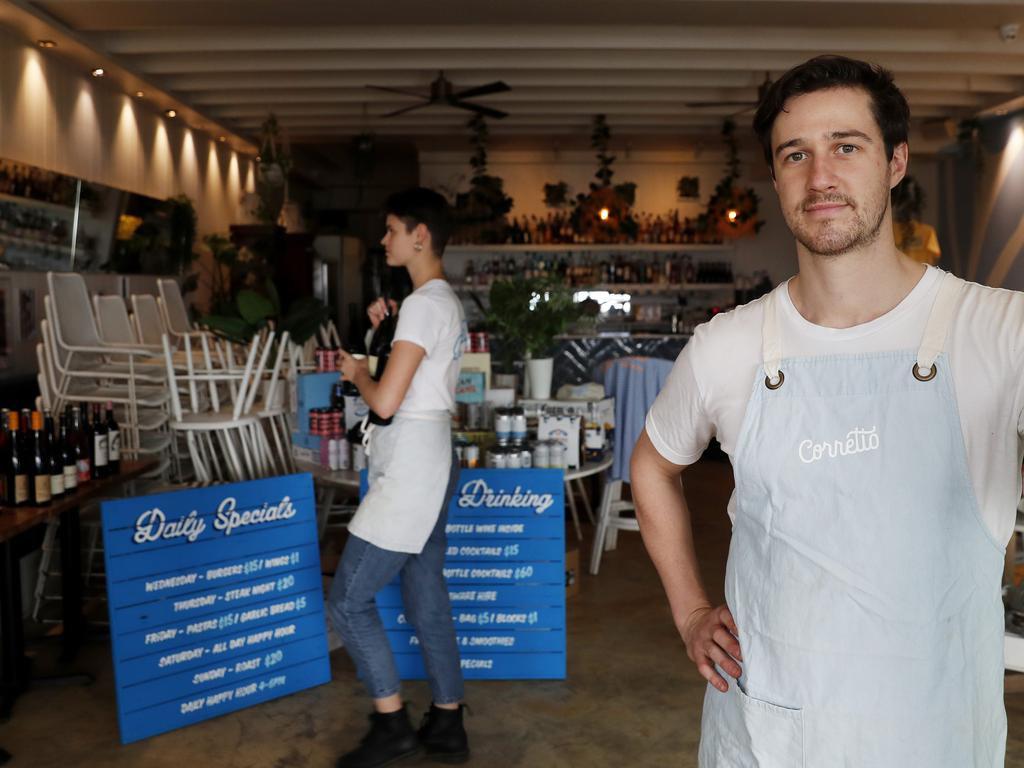
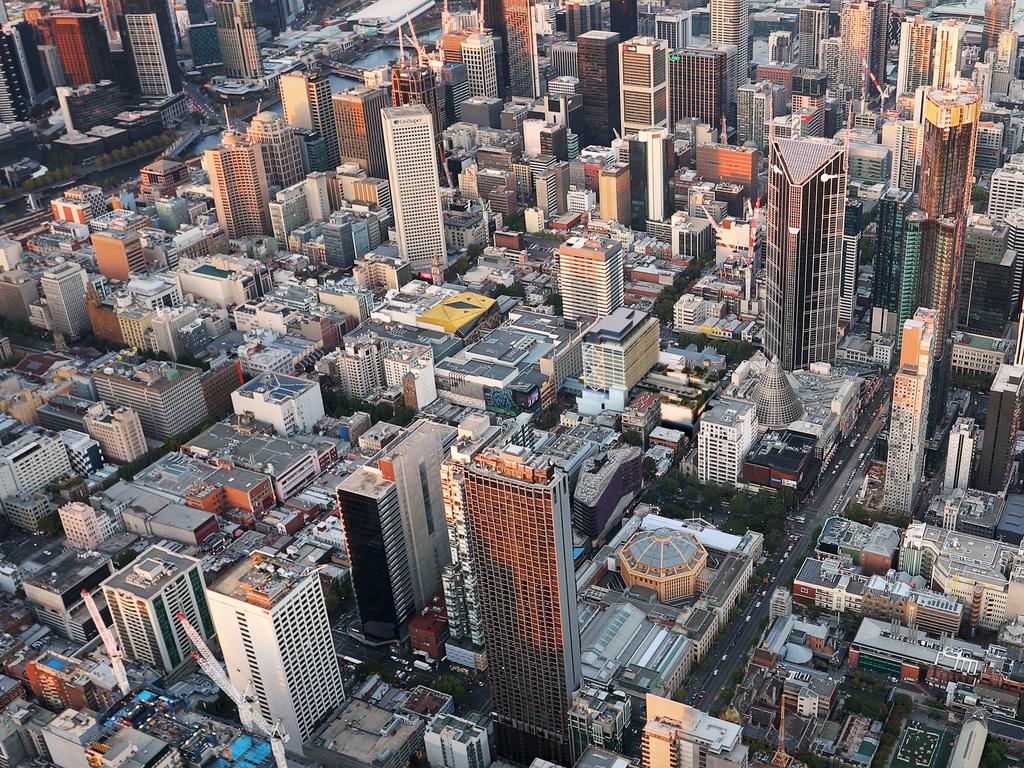
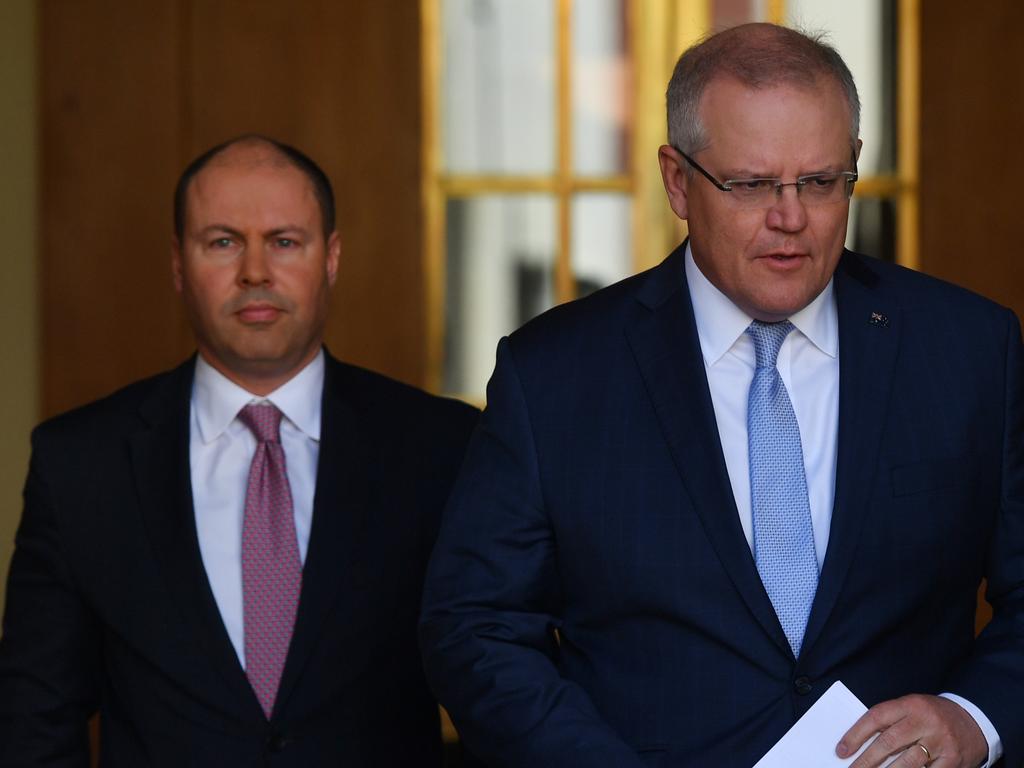
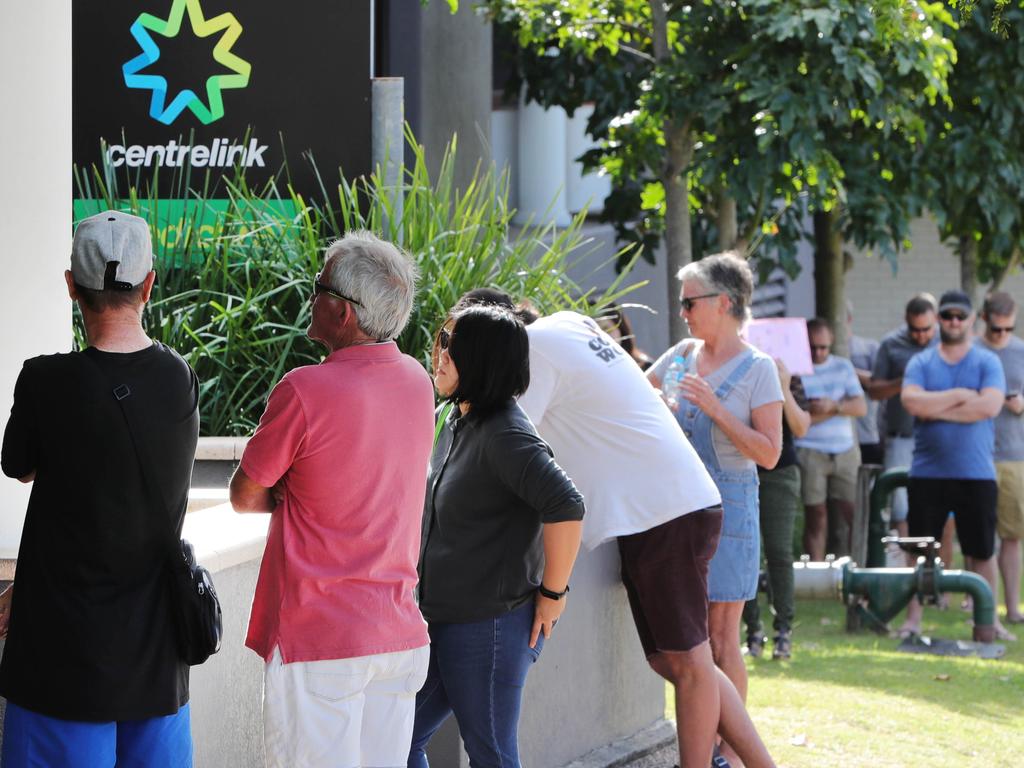


The sharemarket, the banks and many solvent smaller enterprises are suddenly getting very jittery that in less than six months time there will be an unprecedented rise in the failure rate among small and medium sized enterprises.